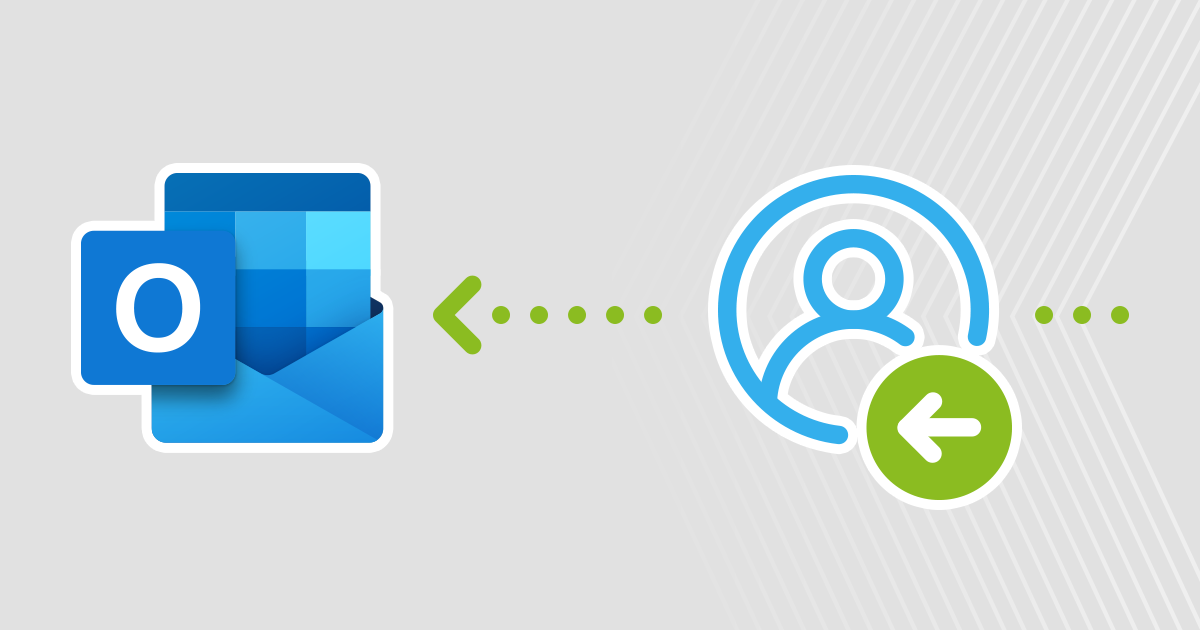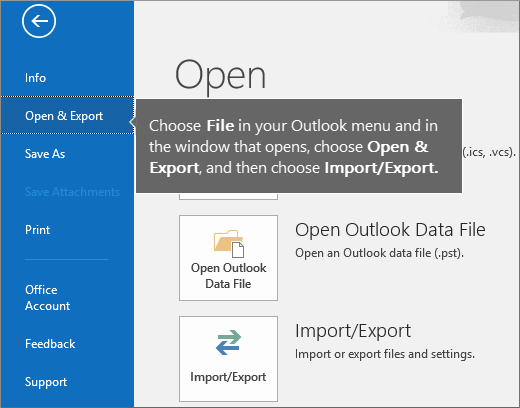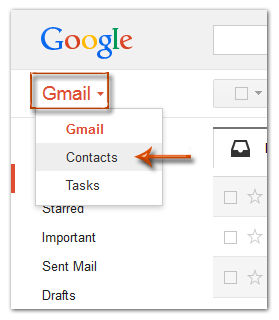

Add File(s) or Add Folder(s) option that is integrated into the tool. The Personal Storage Table file can be uploaded Via. Step 1: Setup the Outlook to Gmail Migration software on your system.Īfterward, you need to put the Outlook data file i.e., PST into the software for the processing.

Let’s check out how tool works and export Outlook data file into Gmail account. The cherry on the cake is, the software export data file of Microsoft Outlook 2019 / 2016 / 2013 / 2010 / 2007 or below versions. It supports G Suite Basic, G Suite for Business, G Suite for Enterprise, G Suite for Education, G Suite Enterprise for Education.

Moreover, the software can import the Outlook data file into any plan of G Suite. Moreover, the tool can easily setup on the Windows Operating System and do not require Outlook application for the data migration job. Plus, it also exports Outlook calendar to Google Calendar. The PCVITA Outlook to Gmail Import Software is an absolute way to transfer Emails, Attachments, Contacts, Contacts Group from Outlook data file to Gmail. Full Guide to Export Outlook Data File to Gmail Webmail Therefore read this article carefully and get a complete solution to import PST files to G Suite / Gmail account in a single attempt. It is use to export Outlook data files into Gmail account in batch easily. Therefore, it is recommended to use PCVITA Outlook to Gmail Migration Software that can be work with or without Outlook application. Unfortunately! The GSMMO program is not meant for those users who do not have Microsoft Outlook installation in the system. G Suite Migration for Microsoft Outlook is one of the popular tools that let you know how to export data from Outlook PST to Gmail. Although, exporting Outlook data file to Gmail is not an easy job when it executed manually. And once you decided to use a new email client then, it becomes necessary to import old email client data into the new one.

This is the reason people are switching from Outlook to Gmail account. Hello everyone! I wonder many people want to explore cloud-based utility instead of a desktop-oriented application.


 0 kommentar(er)
0 kommentar(er)
